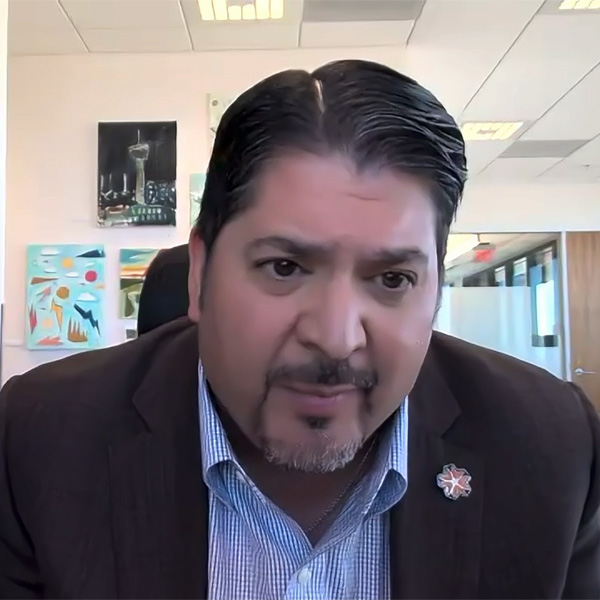As the transition to clean energy resources contributes to the risk of energy shortfalls, particularly during the winter, electric industry stakeholders say keeping the grid operating reliably will require new ways of thinking.
“The reality is … that risk is increasing. NERC is pointing that out with their studies, you see it in the trending reports, we’re seeing it in all of our ISOs,” ERCOT CEO Pablo Vegas said in a media webinar Dec. 11 hosted by the U.S. Energy Association. “And it’s going to take a period of time to figure out what we’re going to do from a policy and an action perspective to manage that risk.”
Vegas cited NERC’s 2023 Winter Reliability Assessment, released last month, which reported that much of the North American grid faces elevated or high risk of energy shortfalls during extreme weather conditions this winter. (See NERC: Grid Risks Widespread in Winter Months.)
Concerns about energy shortfalls prompted ERCOT this year to attempt to increase operating reserves by requesting an additional 3,000 MW of capacity for the winter, including from decommissioned dispatchable resources. The grid operator called off the effort the following month after a limited response from utilities. (See ERCOT Cancels RFP for Additional Winter Capacity.)
Discussing the aborted capacity search, Vegas explained utilities had reported to ERCOT that the plants the grid operator thought could come back online could not be made ready in the timeframe it needed. He said ERCOT still believes there is untapped potential among Texas’ utilities to contribute to reliability but considered the events “a significant lesson learned” about ensuring the market has time to react to requests.
Other speakers on the call suggested the growth of renewables may have left the grid more vulnerable than it seems because their behavior under stressed conditions is not as well understood as that of traditional resources. As a result, current planning models can’t completely account for renewables’ reactions to unexpected situations.
“We’re at great jeopardy of purposely interrupting load, and it’s partly because the planning metrics we’ve been using … and the concept of planning reserve margin and effective load carrying capability don’t work when you’re in a system that’s dominated by renewables,” said Duane Highley, CEO of Colorado-based cooperative Tri-State Generation and Transmission Association.
Clinton Vince, chair of the U.S. energy practice at the Dentons law firm, called out the lack of transmission to move the energy generated by wind and solar resources to where it is needed. FERC’s slow pace of transmission approvals has been a common complaint among industry stakeholders, and Vince said reform is urgently needed to ensure the new resources can be used to their full potential. (See FERC Gets Growing Calls to Finish Transmission Rule in 2024.)
“It’s one of the real impediments to achieving a tripling of renewables and some of the other demand that’s called for,” Vince said. “Right now, it takes about 12 to 15 years to get transmission sited, permitted [and] built, which we just can’t wait for. So, I think it’s controversial, but … you’re going to need a lot more federal assistance and support on this.”




